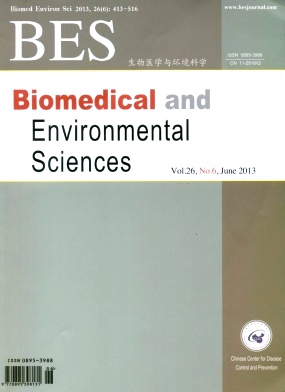Dietary Exposure of the Chinese Population to Acrylamide
doi: 10.3967/0895-3988.2013.06.002
-
Key words:
- Acrylamide /
- Dietary exposure /
- Assessment /
- Health risk /
- Total diet study
Abstract:
Objective To assess the current status of the acrylamide in the Chinese food supply, the dietary acrylamide exposure in the Chinese population and to estimate the public health risks of the current consumption. Methods The acrylamide content in the total diet study (TDS) food samples was analyzed using an LC-MS/MS method. Based on the analytical results, the dietary exposure calculations were performed using a deterministic method, combining mean acrylamide concentrations from the food group composite with their associated food consumptions. Results Acrylamide was detected in 43.7% of all samples collected and acrylamide concentration varied from ND to 526.6 μg/kg. The estimated dietary intakes of acrylamide among Chinese general population given as the mean and the 95th percentile (P95) were 0.286 and 0.490 μg·kg-1 bw·day-1, respectively. The margins of exposure (MOEs) for the population calculated using both benchmark dose lower confidence limit for a 10%extra risk of tumors in animals (BMDL10) 0.31 and 0.18 μg·kg-1 bw·day-1, were 1069 and 621 for the mean dietary exposure, and 633 and 367 for the high dietary exposure respectively. Conclusion These MOE values might indicate a human health concern on acrylamide for Chinese population. Efforts should continue to reduce acrylamide levels in food in order to reduce the dietary risks to the human health.
| Citation: | ZHOU Ping Ping, ZHAO Yun Feng, LIU Hua Liang, MA Yong Jian, LI Xiao Wei, YANG Xin, WU Yong Ning. Dietary Exposure of the Chinese Population to Acrylamide[J]. Biomedical and Environmental Sciences, 2013, 26(6): 421-429. doi: 10.3967/0895-3988.2013.06.002 |







 Quick Links
Quick Links
 DownLoad:
DownLoad: